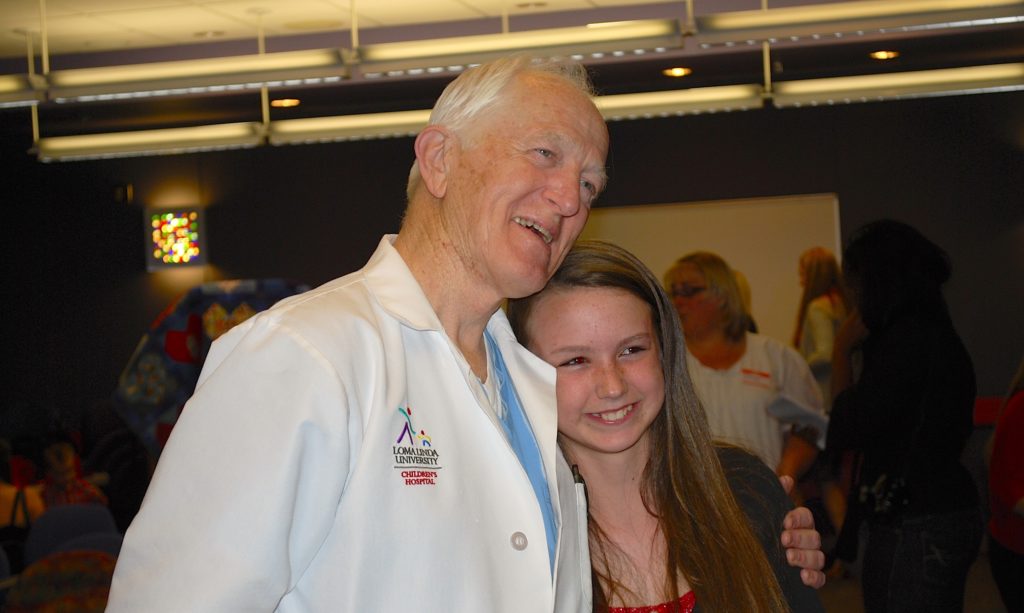
Hannah Grinnan celebrated her 25th birthday and 25th heart transplant anniversary in April, which also marked National Donate Life Month in the United States. She has dedicated her life to educating others about the miracle of organ donation and the impact it can have on those in need.
Hannah was diagnosed with hypoplastic left heart syndrome (HLHS) while in the womb, a critical congenital birth defect that affects normal blood flow through the heart. Babies with HLHS may develop problems breathing, a weak pulse, and ashen or bluish skin color. After Hannah was born, she was placed on the national heart transplant waiting list with the United Network for Organ Sharing.
“It was devastating,” said Catherine Grinnan, Hannah’s mother, who had a tragic loss 14 years earlier.
In 1985, Catherine delivered a baby named Brien who was also born with HLHS and died two days later. At the time, infant organs were not often listed for transplant, and the Grinnan family was told a heart transplant would not be an option.
Eleven days after Hannah’s birth, a family facing the loss of their newborn son donated his heart for transplant.
“It was both a gift of love and a miracle of science, but without that family’s decision to donate, it would not matter what medical science could make possible,” Catherine said.
The late Leonard Bailey, the pediatric cardiothoracic surgeon who pioneered infant heart transplantation, performed Hannah’s surgery, and gave her a new lease on life. Since then, Hannah and Catherine have been actively involved in raising awareness about the importance of organ donation.

Hannah works with numerous organizations to pay it forward, including Make A Wish, the James Redford Institute for Transplant Awareness, OneLegacy, Loma Linda University Children's Hospital, LifeStream Blood Bank, and the American Heart Association’s “Go Red for Women” campaign.
Catherine has worked in the non-profit industry for more than 23 years, starting with the American Heart Association and currently serving as the Corporate Alliance Officer with Transplant Families.
Despite the challenges that come with being a heart transplant recipient, Hannah has embraced life with gratitude and enthusiasm.
“I love my life and I like being a heart transplant recipient. It doesn’t bring me sorrow. It brings me happiness and fulfillment. Luckily, my parents made those choices for me to have that,” Hannah said.
“When Hannah had her transplant, doctors said her heart would last at least 10 years, so when Hannah was 10 years old, we threw a big birthday party for her at Leonard Bailey Park in Loma Linda,” Catherine said. “Now she’s 25. There are other heart transplant recipients who had their transplant when they were babies and are now in their 30s, so we’re really excited about the prognosis long term.”
Hannah recently graduated from Crafton Community College with a degree in Public Relations and Communications and holds an aesthetician’s license.
Infants who receive a heart transplant need regular follow-up visits with a cardiologist and must take medicines for the rest of their lives to prevent their body from rejecting the new heart.
According to the U.S. Centers for Disease Control and Prevention, about 1 out of every 3,841 babies born in the United States each year is born with HLHS. While the causes of heart defects among most babies are unknown, some are caused by changes in their genes or chromosomes.
Organ donation is a crucial act that can save lives and improve the quality of life for those in need. In the United States alone, there are more than 100,000 people on the waiting list for an organ transplant. Tragically, around 20 people die every day due to a lack of available organs.
The original version of this story was posted on the Loma Linda University Health news site.